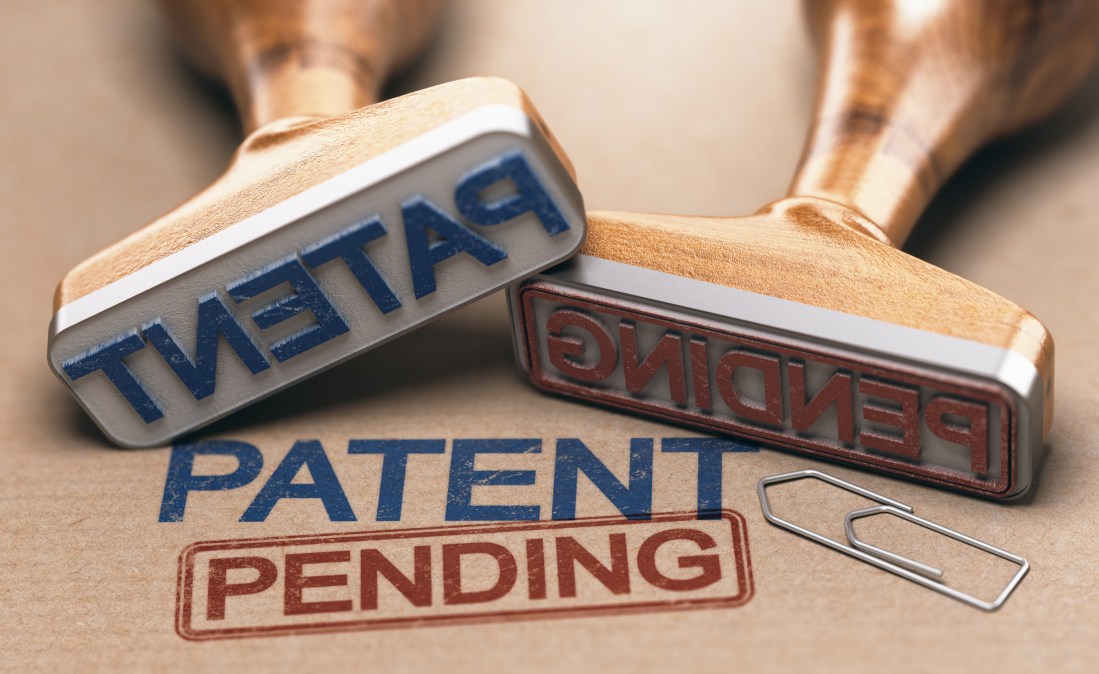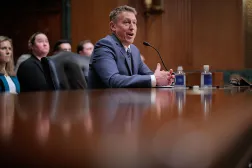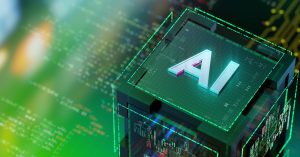‘Human contributions’ are focus of inventorship analysis in AI age, patent office says

New guidance from the U.S. Patent and Trademark Office outlining how the agency will analyze inventorship in the age of artificial intelligence stresses the importance of focusing on “human contributions” to innovations.
The examination guidance, published for public inspection Monday on the Federal Register, is aimed at providing clarity to agency personnel and stakeholders on how it will analyze inventorship “as AI systems, including generative AI, play a greater role in the innovation process.”
“This guidance explains that while AI-assisted inventions are not categorically unpatentable, the inventorship analysis should focus on human contributions, as patents function to incentivize and reward human ingenuity,” the USPTO said in the Federal Register posting.
The increasing prevalence of AI has prompted questions about how use of the technology, which has the potential to speed up innovation, will be treated when it comes to patents. While current patent law requires human inventors, academics have suggested ways to allow AI inventions to move forward in the patent process.
Under the guidance, the agency outlines several guiding principles for identifying human contributions to an invention, acknowledging that doing so “may be difficult to ascertain, and there is no bright-line test.” Among those principles, the guidance says a human’s use of AI in the invention process doesn’t mean they can’t be considered an inventor, but only presenting an issue to an AI system may not be enough to be considered an inventor or joint inventor.
The guidance further outlines its applicability to the patent process, including disclosures and naming inventors. The agency will be now seeking comments on the guidance over the next three months.
Before issuing the guidance, the agency sought input from the public on AI inventions through comments and listening sessions. During that process, USPTO said “numerous commenters expressly agreed that the USPTO should provide guidance regarding inventorship and the patentability of AI assisted inventions.” Publishing such guidance was among the actions outlined in President Joe Biden’s October executive order on AI.
In a Monday blog post, Undersecretary of Commerce and Intellectual Property and USPTO Director Kathi Vidal noted the patent system’s origins as a way to “incentivize and protect human ingenuity” and the “sharing of ideas and solutions so that others may build on them,” while also stressing the need for balance.
“The right balance must be struck between awarding patent protection to promote human ingenuity and investment for AI-assisted inventions while not unnecessarily locking up innovation for future developments,” Vidal said. “To that end, the guidance provides that patent protection may be sought for inventions in which a human provided a significant contribution to the invention.”
Caroline Nihill contributed to this article.






